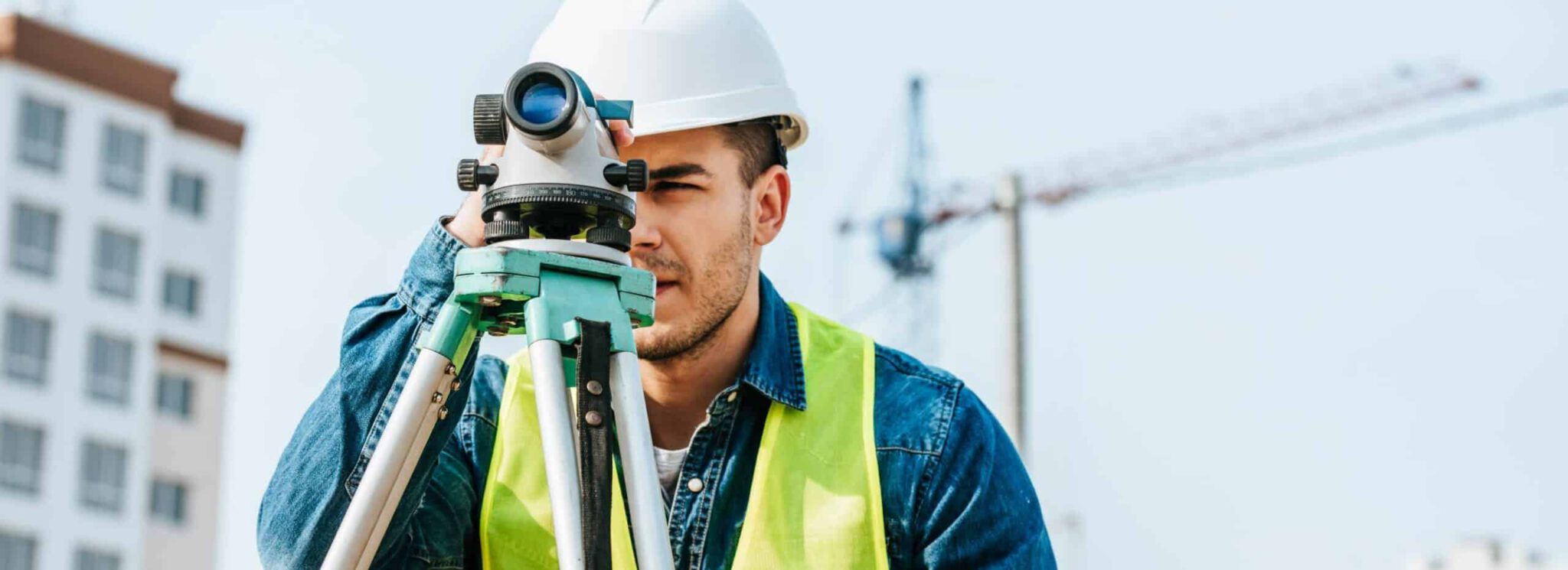One of the construction industry’s biggest challenges is finding qualified workers. The Q1 2020 Commercial Construction Index
shows that nearly all contractors have at least a moderate level of difficulty finding skilled workers. More than half say it’s “particularly difficult.”
The labor shortage has a negative impact on the industry. A shortage can threaten a construction project’s success if it misses deadlines. It also hurts the construction companies’ ability to submit higher bids for projects. It may also mean turning down new projects and opportunities. Construction companies simply don’t have the resources to take on new projects.
This justifies the need to invest in technology. With technology, companies can improve efficiencies and do more with less. In fact, more than 70 percent of contractors say technology can improve project delivery and labor productivity according to the report from the U.S. Chamber of Commerce and USG Corporation. Contractors plan to invest in technology in the near future.
Why Construction Needs to Invest in Technology
Construction is known for being one of the slowest industries to incorporate technology. That’s changing. The U.S. Chamber of Commerce says 60 percent of contractors are already using construction technology in their projects. That number is expected to climb to 80 percent by 2022.
“The construction industry is changing more rapidly than ever before and advanced technologies present a big opportunity to work smarter, faster and safer – especially when there are millions of construction jobs unfilled,” says Christopher Griffin, president and CEO of USG Corporation.
Technology will enhance productivity, streamline construction processes and operations, cut overhead, and help projects stay on schedule. It will also improve safety, a must with the additional challenges of a pandemic.
Some companies already use building information modeling (BIM). The tool has the ability to model complex work processes from the start of a project. BIM is intelligent modeling that helps architects, engineers, and construction to effectively plan, design, build, and manage buildings and their infrastructures.
Aside from BIM, what other construction software is worth a look? Consider this. What are the construction company’s biggest costs? The first is labor. The second is equipment and assets. Thus, it makes sense to investigate asset tracking software.
Asset tracking software is used for monitoring the location, condition, and availability of your physical items. These include heavy equipment, office and computer equipment, tools, and machinery.
The Problem with Not Having Asset Tracking
It’s tempting to save your money by not buying an asset tracking tool. The problems you run into could cost more than the software. It can affect productivity. How much time does your team spend on looking for missing assets? You may already be shorthanded between the shortage of workers and those who can’t work because of COVID-19 or underlying conditions.
Assets break and they need repair and maintenance. Without an asset tracking system, you won’t be able to track what needs repairing. Your team tries to use heavy equipment only to find out it doesn’t work. You’ll lose hours of productivity because you need to find a replacement for the damaged equipment.
You may have a replacement for the damaged heavy equipment. It could be located elsewhere and take too long to arrive. Because of this, you need to request an emergency rental. Asset tracking can prevent all this from happening. You’ll have the right equipment at the right time.
McKinsey and Company’s “Beating the low-productivity trap: How to Transform construction operations” lists a handful of internal challenges. These impact a construction company’s performance and innovation. One of those is “problems utilizing resources.”
“As engineering and construction companies have grown and diversified, they must increasingly deal with internal silos organized by geography, business unit, asset class, or any combination of these,” writes the authors. “Open interactive popup. The result is that they struggle to use their resources as effectively as possible.”
These internal silos are the reason assets aren’t fully used and managed effectively. This is missed billable hours and revenue opportunities. Instead, the company ends up racking up unexpected expenses when it doesn’t have the needed asset at the right time.
How Asset Tracking Can Help Construction Companies
With a labor shortage in construction, a contractor must maximize every worker and every asset. An asset tracking system makes certain all working assets are at the correct construction site when needed.
Companies won’t lose valuable billable time from sending missing or broken tools and equipment to a site. They’ll also avoid having employees working with malfunctioning equipment that could put them at risk for injuries.
The information in an asset tracking tool keeps the company informed on the location of all its assets. It’ll prevent any asset from falling through the cracks and sitting unused. When a project requires an asset, the software can show you how to get that asset to where it needs to go. This can help reduce idling time and fuel costs.
You’ll know when you need to relocate unused equipment. The system logs the mileage of every vehicle and usage of every tool. It’ll improve equipment maintenance as every item will undergo maintenance and service on schedule. An object that waits too long for maintenance can break while in use and potentially cause an injury. On the flip side, sending it to maintenance too early wastes time and money.
When an asset is stolen, the company will have the asset’s information in the system. This will help the investigation. If the company has remote video surveillance, the team can review the footage to locate the asset and who may have taken it.
What to Look for in Asset Tracking Software
As you begin your research for an asset tracking tool, you want to have an idea of what you need. The aforementioned USG Corporation and U.S. Chamber of Commerce report addresses equipment tagging.
By 2022, 37 percent of construction companies plan to have equipment tagging. The report also shows that by 2022, only 20 percent of contractors plan not to implement any technology at all. Companies will need to implement asset tracking software and any other appropriate technology if they want to stay competitive.
To ensure you select the right asset tracking software, here are some features to think about.
1. Works with the cloud
A common problem with manual asset tracking tools is that only some people have access to it. The tool may be in one physical location. Perhaps it’s a file that’s circulated around the company. In this case, the data won’t be current. This process makes it too easy to buy more than you need. Manual processes don’t tell you the status of your assets and whether they need maintenance.
An asset tracking system that runs in the cloud allows all relevant personnel to have access to it. They don’t have to be on a computer. They can access the data on a phone or tablet. As soon as someone updates the data, everyone sees the update. You won’t be relying on outdated information anymore.
Storing asset data in the cloud also makes it possible for multiple users to have access to it. The advantage of a secure cloud application is that it’s usually flexible and scalable. As a company grows, it needs the software to support more users and more assets.
2. Compatible with multiple devices
Cloud-based software makes it possible to access the data on phones, tablets, and other devices. As you research asset tracking software, check to see how they perform on devices. Some tools are not designed with devices in mind. This can lead to bad user experience for those trying to use it on a device.
3. Supports RFID, Barcodes, and GPS
Having the ability to scan the assets simplifies check-in and check-out. Displaying tags on equipment can deter internal theft. Workers know the tag can track the tool back to them, so they will be less tempted to take it home.
If an asset is stolen, this information can help with tracking it down. You’ll also be able to mark the asset as stolen and have the information for insurance. No one will waste time requesting an inactive asset. It’s possible to add GPS on higher-priced assets to keep you in the loop of their location.
4. Easy to use
A company won’t reap the benefits of asset tracking software if it’s too complicated to use. Employees don’t want to spend a lot of time fiddling with it. It’s also worth investing in software training. This will increase the adoption rate.
5. Tracks maintenance
No one wants to be surprised to find out an asset doesn’t work properly. Managers can monitor and schedule maintenance with the software. This optimizes equipment performance and cuts downtime. Well-maintained assets are less likely to cause health and safety issues.
6. Creates reports
Customized reports can deliver insights into the performance of the assets. It can forecast future demands and changes in usage. This information helps verify the company has what it needs for upcoming projects. It also prevents buying more of something that isn’t in demand. It’s possible for reporting to show depreciation rates.
Most asset tracking systems come with many features, but these are typically the main ones for construction. As you research asset tracking vendors, make a list of all the features they offer. Create a table listing each feature in the first column.
Label the other columns as follows:
- Must have
- Nice to have
- Not required
For each feature, check off the column based on whether you must have it, if it’s a nice-to-have, or not required. It’ll help you prioritize the features.
Tracking your assets is critical considering the estimated value of stolen construction assets is between $300 million to $1 billion per year. Only 25 percent of stolen items are ever recovered. Incorporating remote video surveillance
with an asset tracking system can help prevent theft. In addition to having trained security operators watching your site, video surveillance cameras record everything that goes on. That means you’ll have the evidence you need in case something goes missing.
To learn about construction video surveillance, pick up your free copy of the Construction Security and Safety Best Practices guide or contact us.

